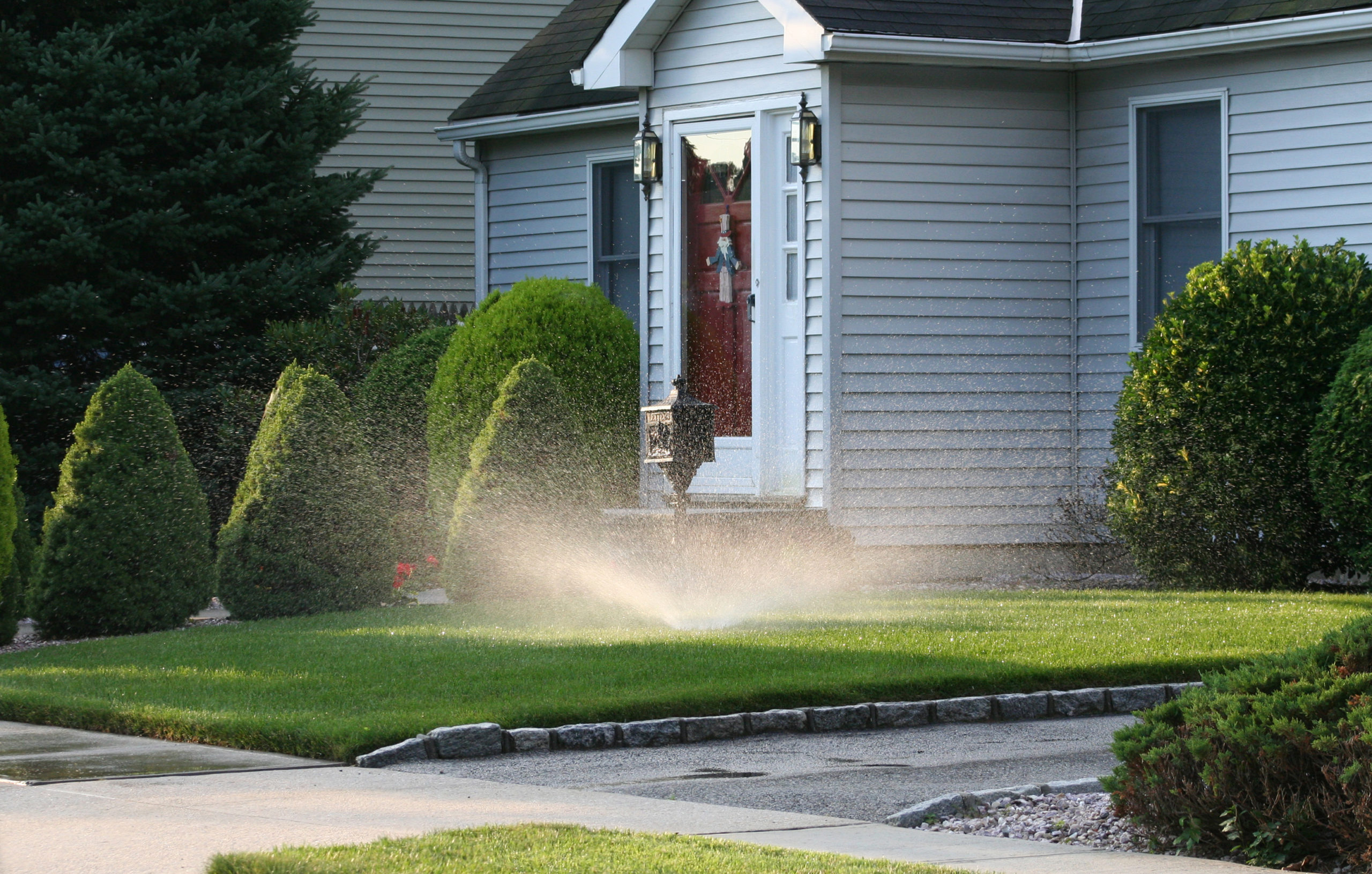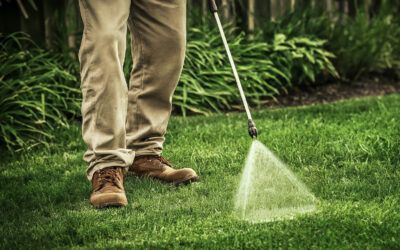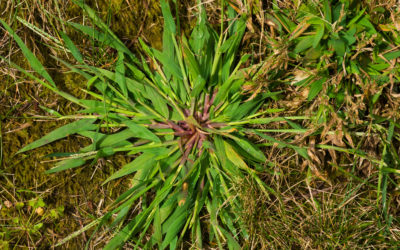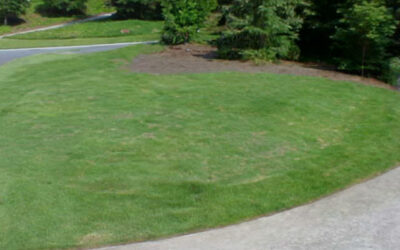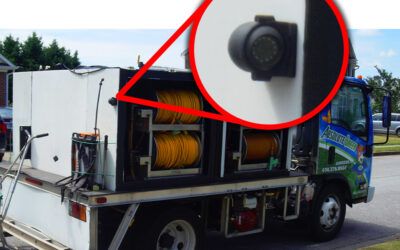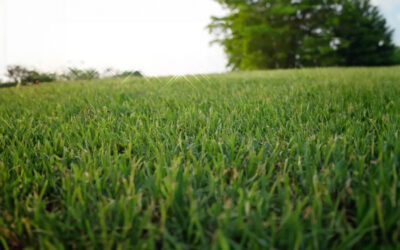How often should I water my lawn?
The frequency with which you water your lawn should depend on your grass type and how much rain the lawn has gotten recently. For cool season grasses, such as Fescue, watering needs to be more frequent, especially during dry periods. This should be 2-3 times a week. For warm season grasses, such as; Bermuda, Zoysia, Centipede, etc., watering needs to be less frequent. Once a week should be enough for these grasses because they have deeper root systems and are more drought tolerant. When speaking of grass, drought should be thought of as anything longer than a week and a half of no rain. You will know if your grass needs to be watered if your footprints don’t disappear quickly when walking through the grass. Disappearing quickly means that there was enough moisture in the grass to spring back quickly.
How much should I water?
We recommend that you water until the top 6-8 inches of soil is wet. You can tell how deep the water soaks by sticking a screwdriver into the lawn. The screwdriver should easily go into the soil up to 6 inches if you are watering deep enough. Usually this means that your yard needs a full inch of water a week. For cool season grasses, this inch needs to be spread out over 2-3 days of watering in a week. To be able to tell if you are getting a full inch of water, you can place a cup in the yard and water until you reach an inch in the cup. From there you can tell how long it would take.
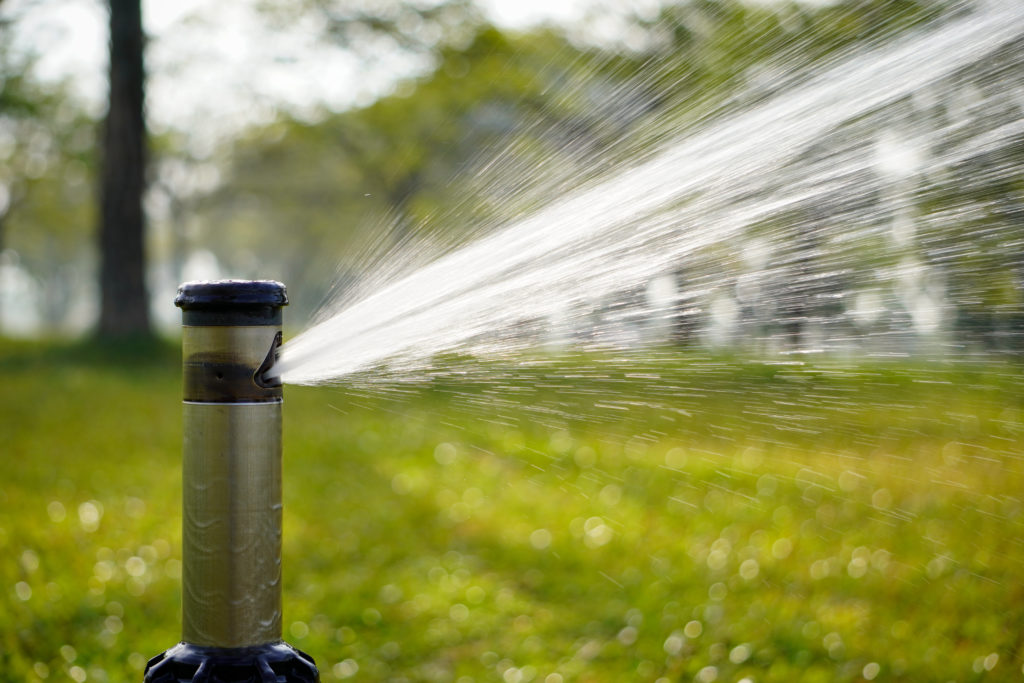
What time of day should I water?
Watering before 10am is best for the grass. It is usually cooler in the morning with less chance of a high wind. This allows the water to soak into the soil better and become absorbed by the roots. Later in the day, when the sun is high, much of the water will simply evaporate due to the heat. If you can not water in the morning, you can water between 4 and 6pm. This will give enough time before nightfall to dry and become absorbed by the roots so that there isn’t any fungus growth.
How do I water for new sod?
Always keep the top inch of soil moist for brand new seed and sod. Once the roots have taken hold or the seeds have germinated, try to keep the top 2 inches moist. After the grass has reached mowing height, you can cut back to twice a week while watering even deeper to help the roots grow deep. As a rule, for the first two weeks of new sod, water for 15 minutes a day, and maybe even twice a day in particularly hot weather.

